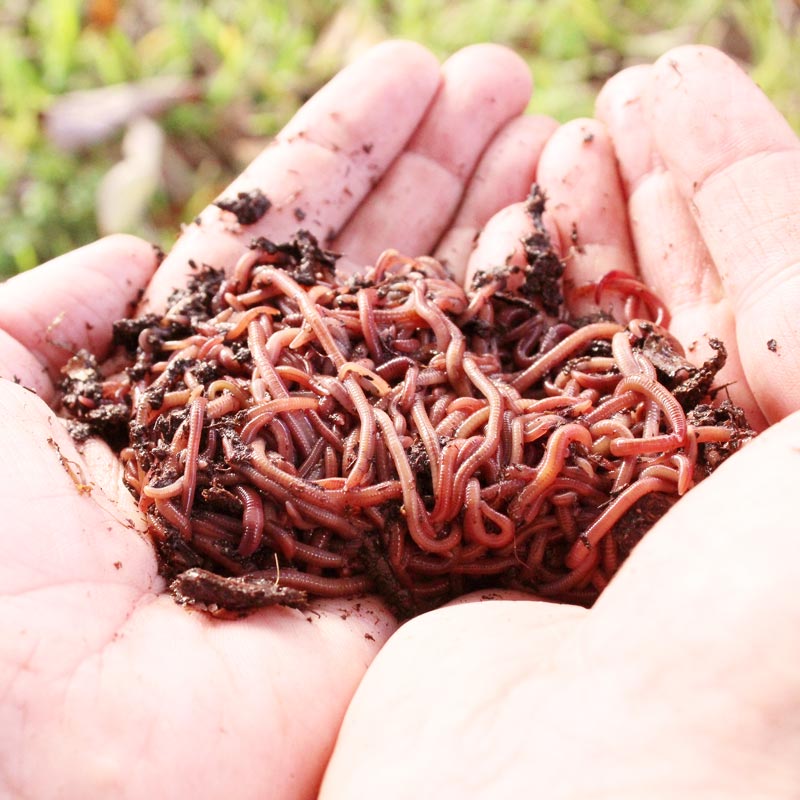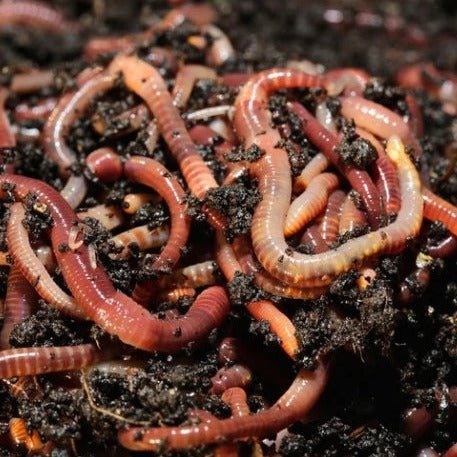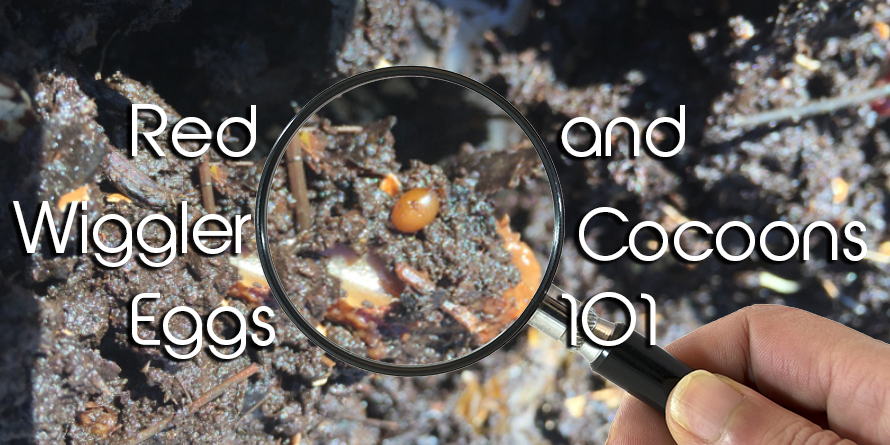Take Care of Your Lawn with the Best Products from Lake Hickory Bait
Take Care of Your Lawn with the Best Products from Lake Hickory Bait
Blog Article
Red Wigglers: The Unsung Heroes of Organic Waste Recycling
Red wigglers, or Eisenia fetida, offer as essential agents in the organic waste recycling process, transforming discarded products into beneficial vermicompost. As the world significantly seeks remedies to fight waste buildup and boost farming productivity, understanding the role of these worms becomes vital.
What Are Red Wigglers?
The amazing resilience of red wigglers, clinically referred to as Eisenia fetida, emphasizes their critical function in natural waste recycling. These tiny, reddish-brown earthworms are usually discovered in decomposing raw material, such as garden compost piles and manure heaps. Lake Hickory Bait. Unlike various other earthworm species, red wigglers flourish in nutrient-rich settings and are very effective at breaking down natural materials, making them crucial for vermicomposting

(Lake Hickory Bait)In enhancement to their role in waste decrease, red wigglers add to soil health and wellness by enhancing dirt framework and oygenation through their burrowing activities (Lake Hickory Bait). Their presence in composting systems not just enhances decay rates but additionally advertises a lasting method to squander management, showing their importance in environmental conservation efforts
Advantages of Composting With Worms
Composting with worms, specifically red wigglers, uses various benefits that boost both waste management and soil wellness. Initially, these worms efficiently break down organic waste, converting it right into nutrient-rich vermicompost that improves soil. This procedure increases decomposition, permitting a much faster recycling of cooking area scraps and various other organic materials contrasted to traditional composting methods.
In addition, the vermicompost generated by red wigglers is bursting with helpful microorganisms, which aid enhance dirt structure, oygenation, and moisture retention. This enhances the overall wellness of plants, advertising vigorous growth and increased returns in yards and farming settings. In addition, using worms in composting decreases the manufacturing of greenhouse gases, such as methane, adding to a more lasting waste administration system.

Exactly How to Begin Vermicomposting
Establishing a vermicomposting system is an uncomplicated procedure that can produce considerable benefits for both waste administration and soil enrichment. To begin, pick an ideal container, such as a plastic container or wood box, with sufficient ventilation holes to guarantee appropriate air movement. The measurements need to ideally be around 2 feet by 3 feet, enabling sufficient space for the worms to grow.
Following, prepare bedding product, which can contain shredded paper, cardboard, or coconut coir. This bed linens ought to be moistened to develop an ideal habitat for the worms. Once the bed linen is in place, present red wigglers (Eisenia fetida) right into the container, normally around one pound of worms for every square foot of surface area.
Complying with the positioning of worms, include natural waste, such as fruit and vegetable scraps, coffee grounds, and crushed eggshells. With these actions, you will effectively start a vermicomposting system that adds to sustainable waste management and improves your soil.
Preserving a Healthy Worm Bin
(Lake Hickory Bait)Keeping a worm bin growing requires regular focus this contact form and like make sure the health and wellness of the red wigglers and the efficiency of the composting process. Appropriate maintenance begins with checking the moisture degrees; the bin must perspire however not soaked. An excellent guideline is to maintain an uniformity similar to a wrung-out sponge.
Oygenation is crucial too. Delicately mixing the bed linen and food scraps every couple of weeks protects against compaction and makes sure that all worms have accessibility to oxygen. Furthermore, it is very important to feed the worms properly. A well balanced diet of fruit and vegetable scraps, coffee grounds, and smashed eggshells ought to be used in moderation to avoid overfeeding, which can lead to smells and insects.
If the bin ends up being also warm or cool, the worms might become worried. By diligently handling these variables, one can maintain a robust and efficient worm container.
Effect On Lasting Living
The effective maintenance of a worm container not only profits the health and wellness of red wigglers however additionally contributes considerably to sustainable living techniques. By recycling organic waste, such as kitchen scraps and lawn debris, red wigglers help divert considerable quantities of product from landfills. This reduction in waste not just decreases greenhouse gas emissions yet additionally minimizes the ecological worry connected with waste management.
Furthermore, the castings created by red wigglers function as a nutrient-rich natural fertilizer, boosting soil wellness and advertising plant development. This natural option to chemical fertilizers supports lasting agriculture and gardening practices, minimizing reliance on artificial inputs that can harm ecosystems. Additionally, worm composting promotes awareness of waste administration, motivating individuals and neighborhoods to embrace even more lasting behaviors.

Conclusion
In recap, red wigglers serve as important contributors to natural waste recycling through their effective decay of organic materials. By incorporating vermicomposting into waste management methods, people and communities can significantly decrease waste while advertising environmental sustainability.
Report this page